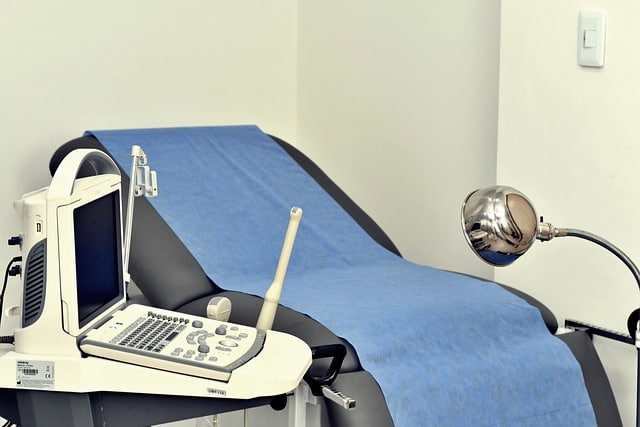
Gastric repletion is linked to the amount of food in the stomach.
The Latin term repletĭo came into our language as repleción . The concept refers to the process and result of filling : making something full ( full ).
For example: "Once this reservoir is filled, we will have to find a new space" , "The container's filling forced scientists to look for another receptacle" , "This place is still missing" .
gastric repletion
Gastric repletion refers to the amount of food found inside the stomach: the greater the amount of food, the greater the repletion. Gastric repletion is usually rated in different ways, forming a scale . One possibility is to start with an empty stomach (with zero gastric repletion) and work up to a full stomach (with total gastric repletion).
In this sense, it is possible to establish an average gastric repletion in a certain group , by analyzing the interior of the specimens' stomachs. The coefficient in question can be obtained by dividing the full stomachs among all the stomachs studied. Suppose that eight full stomachs are recorded in a group of sixteen individuals: the average gastric repletion will be 0.5. In other words: it is detected that there is one full stomach for every two stomachs.
Limit of urinary bladder capacity
Bladder repletion , on the other hand, refers to the capacity of the urinary bladder. When this organ reaches its limit of repletion, pressure is exerted that results in its contraction and opens the internal sphincter, causing the desire to urinate.
When you urinate, your bladder will eventually empty; As is known, certain disorders prevent the correct functioning of said organ, which is why the sensations described above are not experienced normally.

Gynecology studies filling defects.
Filling defects in gynecology
Small foci of endometrial tissue that are located in the intramural part of the fallopian tubes and appear as oval-shaped filling defects with dimensions less than 1 centimeter, in a position adjacent to the fallopian tube, are known as tubal polyps. horn of the uterus. Tubal polyps do not cause symptoms and generally do not cause blockages or dilation.
Endometrial tissue is the mucosa called endometrium , which covers the inner surface of the uterus and is composed of a simple prismatic epithelial tissue (its cells are much taller than they are wide and its nucleus is ovoid) and may or may not have cilia ( cellular structures similar in appearance to hair), a stroma (framework or framework of an organ) and glands.
Issues to address
Another concept in which attention to the degree of filling of the uterus is essential is that of the myometrial folds . These are remains of the fusion process of the Müllerian ducts (presented by the embryo as part of its genitourinary organs), which takes place throughout the development of the fetus.
Myometrial folds can be seen as lines located parallel to the long axis of the uterine cavity on hysterosalpingography (the x-ray used to explore the cavity and the fallopian tubes), and they cannot alter the endometrium.
As with endometrial lesions, it is recommended to assess this phenomenon during the initial phases of the examination, since then the uterus is poorly filled. Otherwise, by introducing greater contrast it is possible to obliterate the duct.
Endometrial pathology is called pathology that affects the endometrium and is usually associated with the appearance of simple or multiple filling defects that, as mentioned in the previous paragraph, are more easily appreciated at the beginning of the examination; If excess contrast produces obliteration of the uterine cavity, then it is possible to aspirate the contrast at the end of the study for correct observation .
